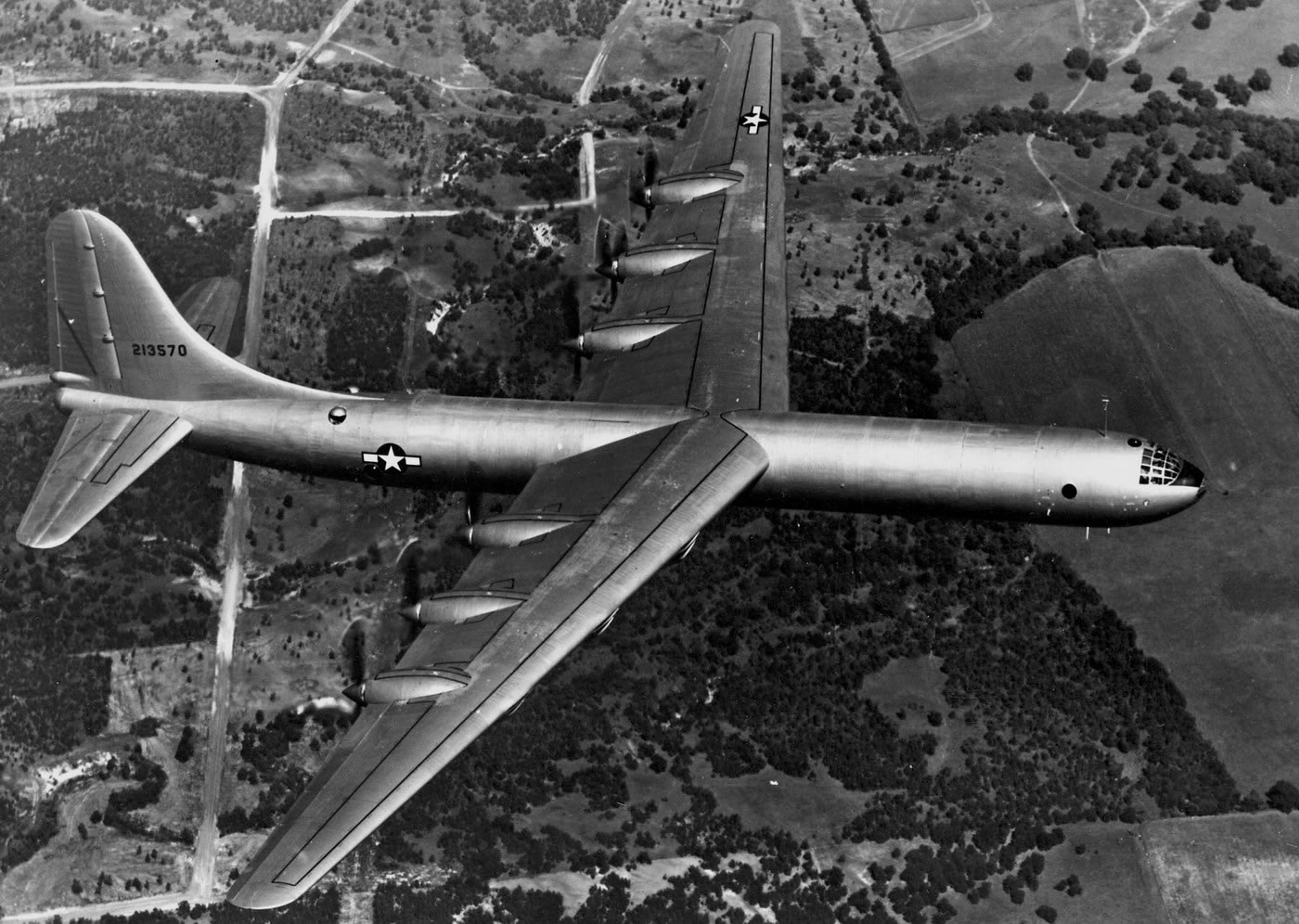August 8 in U.S. military history
1863: Following his defeat at Gettysburg, General Robert E. Lee sends a letter of resignation to Confederate president Jefferson Davis. Davis refuses.
1918: 10 Allied divisions and hundreds of tanks attack the Germans at Amiens, France, in the first battle of what will be known as the Hundred Days Offensive – a series of engagements that drive the Germans out of France and leads to the armistice. The Battle of Amiens signifies the end of trench warfare and the first large-scale use of tanks in combat. The Allies catch the German defenders by surprise and on this day alone, the Allies kill, wound, or capture 30,000 German soldiers. By its conclusion, the offensive will produce over two million Allied and German casualties.
1942: One day after hitting the beaches, Marines capture the unfinished Japanese airfield on Guadalcanal – later completed and renamed Henderson Field – and also secure the islands of Tulagi, Gavutu, and Tanambogo. That evening, a Japanese naval force catches the Allied fleet by surprise and hands the U.S. Navy one of its worst-ever defeats. Three American cruisers, one Australian cruiser, and an American destroyer are sunk during the Battle of Savo Island, or as it was nicknamed by veterans as the Battle of the Five Sitting Ducks.
1944: As the Germans call off their offensive due to heavy armor losses inflicted by Allied aircraft, the U.S. 15th Army Corps captures Le Mans, France. South of Caen, the Canadians attempt to break through the German lines south of Caen. During this engagement, a Tiger tank commanded by the legendary SS-Hauptsturmführer (captain) Micheal Wittmann’s is destroyed, killing Germany’s top tank ace.
1945: Two days after an American atomic bomb devastates Hiroshima, President Harry Truman informs Japan that they can expect additional nuclear attacks if they do not surrender. Meanwhile, American land- and carrier-based bombers continue to strike mainland Japan, and an opportunistic Soviet Union declares war – invading Manchuria just past midnight the following day.
1946: Convair’s B-36 Peacemaker – the world’s first intercontinental bomber – makes its first flight. The B-36’s massive 230-ft. wingspan makes it the largest of any combat aircraft ever built, and the joint jet- and piston-powered aircraft could deliver its nuclear payload 10,000 miles unrefueled. The Peacemaker’s tenure with Strategic Air Command only lasted until 1955, however, when it was replaced with the B-52 Stratofortress bomber still in use today.
